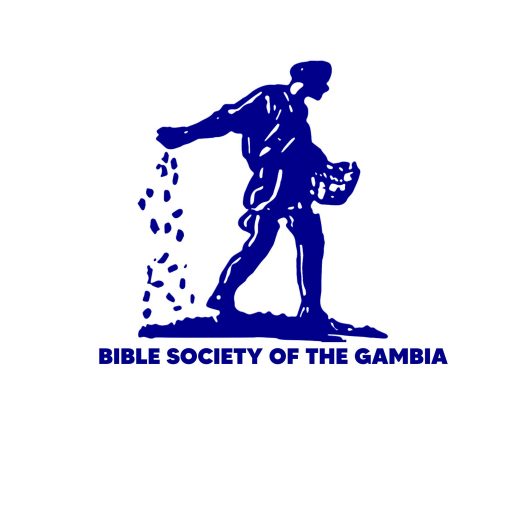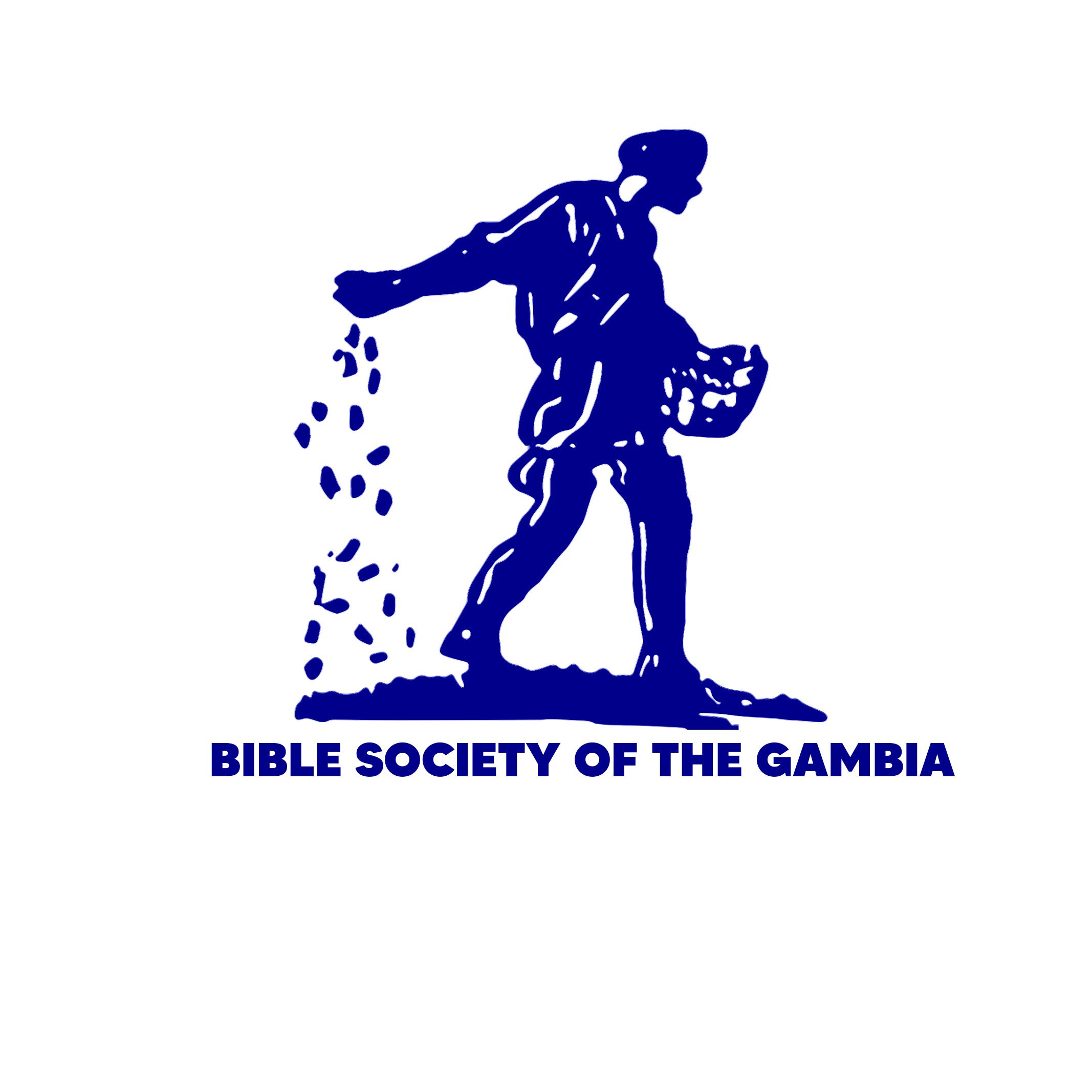Vision of a Ram and a Goat
1 Daniel wrote:
In the third year of King Belshazzar of Babylonia, I had a second vision 2 in which I was in Susa, the chief city of Babylonia's Elam Province. I was beside the Ulai River, 3 when I looked up and saw a ram standing there with two horns on its head—both of them were long, but the second one was longer than the first. 4 The ram went charging toward the west, the north, and the south. No other animals were strong enough to oppose him, and nothing could save them from his power. So he did as he pleased and became even more powerful.
5 I kept on watching and saw a goat come from the west and charge across the entire earth, without even touching the ground. Between his eyes was a powerful horn, 6 and with tremendous anger the goat started toward the ram that I had seen beside the river. 7 The goat was so fierce that its attack broke both horns of the ram, leaving him powerless. Then the goat trampled on the ram, and no one could do anything to help. 8 After this, the goat became even more powerful. But at the peak of his power, his mighty horn was broken, and four other mighty horns took its place—one pointing to the north and one to the east, one to the south and one to the west.
9 A little horn came from one of these, and its power reached to the south, the east, and even to the holy land. 10 It became so strong that it attacked the stars in the sky, which were heaven's army. Then it threw some of them down to the earth and trampled on them. 11-12 It humiliated heaven's army and dishonored its leader by keeping him from offering the daily sacrifices. In fact, it was so terrible that it even disgraced the temple and wiped out true worship. It also did everything else it wanted to do.
13 Then one of the holy angels asked another, “When will the daily sacrifices be offered again? What about this horrible rebellion? When will the temple and heaven's army no longer be trampled in the dust?”
14 The other answered, “It will be 2,300 evenings and mornings before the temple is dedicated and in use again.”
Gabriel Interprets the Vision
15 Daniel wrote:
I was trying to figure out the meaning of the vision, when someone suddenly appeared there beside me. 16 And from beside the Ulai River, a voice like that of a human said, “Gabriel, help him understand the vision.”
17 Gabriel came over, and I fell to the ground in fear. Then he said, “You are merely a human, but you need to understand that this vision is about the end of time.”
18 While he was speaking, I fell facedown in a deep sleep. But he lifted me to my feet 19 and said:
Listen, and I will tell you what will happen at the end of time, when God has chosen to show his anger. 20 The two horns of the ram are the kings of Media and Persia, 21 the goat is the kingdom of Greece, and the powerful horn between his eyes is the first of its kings. 22 After this horn is broken, four other kingdoms will appear, but they won't be as strong.
23 When these rulers have become as evil as possible, their power will end, and then a king who is dangerous and cannot be trusted will appear. 24 He will gain strength, but not on his own, and he will cause terrible destruction. He will wipe out powerful leaders and God's people as well. 25 His deceitful lies will make him so successful, that he will think he is really great. Suddenly he will kill many people, and he will even attack God, the Supreme Ruler. But God will crush him!
26 This vision about the evenings and mornings is true, but these things won't happen for a long time, so don't tell it to others.
27 After this, I was so worn out and weak that it was several days before I could get out of bed and go about my duties for the king. I was disturbed by this vision that made no sense to me.
Daniyeli ye saajiikotoŋo niŋ baakotoŋo je a la jeri fulanjaŋo kono
1 Belisasa la mansayaa sanji sabanjaŋo kono, ŋa jeroo ke tukuŋ, folooto taa koolaa. 2 Jeroo ñiŋ kono, n taata m faŋ je Susa saatewo la tatoo le kono, meŋ be Elamu kumandaŋ mara bankoo kaŋ. Ŋa m faŋ je looriŋ Ulayi jiibori dinkoo le daala. 3 Ŋa juubeeroo ke, n taata saajiikotoŋo je looriŋ jiibori dinkoo tintoo la. A ye bina fula le soto, aduŋ ì bee le jaŋayaata. Bari doo le jaŋayaata doo ti. Jaŋayaariŋo le labanta finti la. 4 Ŋa a je saajiikotoŋo junkurutoo ye a kuŋo loo tilijii maafaŋo la, aniŋ bulubaa karoo niŋ maraa karoo la. Daafeŋ buka i loo noo a fee, aduŋ moo buka feŋ tankandi noo a ma. Meŋ diyaata a ye, a ka wo le ke, aduŋ a naata jambandi-jambandi laalaa.
5 M be ñiŋ kuwo koroosi kaŋ doroŋ, ŋa baakotoŋo je a be bo kaŋ naŋ tilijiyo la, a be duniyaa fara kaŋ naŋ. A be tariyaariŋ, a ka munta a siŋo buka bankoo maa. Bina faramansariŋ kiliŋ ne tarata a ñaalu teema. 6 A naata saajiikotoŋo kaŋ, ŋa meŋ je looriŋ jiibori dinkoo tintoo la. A saŋarariŋo niŋ semboo le borita a kaŋ. 7 Ŋa a je a ye saajiikotoŋo ñiŋ boyinkaŋ. A kamfaabaata a kamma le, aduŋ a ye a junku le fo a ye a bina fuloo kati. Saajiikotoŋo ñiŋ maŋ sembe soto ka i loo a fee, aduŋ a ye a busandi duuma le, a dorita a kaŋ. Moo maŋ soto, meŋ si a tankandi noo a bulu.
8 Bituŋ baakotoŋo ñiŋ jambandita. Bari kabiriŋ a futata a la sembe waroo daŋo to, a bina baa ñiŋ katita. Wo le to bina faramansariŋ naani fintita naŋ, ì be tilindiŋ karoo bee la. 9 Binandiŋo naata finti bina kiliŋ bala, ñiŋ bina naanoolu kono. Binandiŋo la semboo lafaata baake bulubaa karoo la, aniŋ tilibo karoo la, aniŋ banku neemariŋo kaŋ. 10 A semboo la waroo futata Arijana kafoo moolu ma le, fo a ye kafoo moo doolu boyindi, ka taa looloo doolu, a dorita ì kaŋ. 11 A ye a la faŋ waroo tiliŋ hani kafoo la Mansa faŋo la le. A ye luŋ-wo-luŋ sadaa* la kuwo faliŋ ne, ka a bondi a be looriŋ nuŋ ñaameŋ, a ye Alla Batudulaa Buŋo* kosondi, 12 aniŋ Alla la moolu. A ye kuu ñantabaloo le seyi luŋ-wo-luŋ sadaalu noo to. A ye tooñaa boyindi le, aduŋ a ye ñaatotaa soto kuwolu to le, a ye mennu ke.
13 Bituŋ ŋa malaayikoo moyi a be malaayika doo ñininkaa la ko, “Janniŋ muŋ tuma le ñiŋ jeroo kuwolu be tara la ke kaŋ? Jeroo meŋ keta luŋ-wo-luŋ sadaa la kuwo ti, aniŋ moolu la ì koo dii Alla la, meŋ ye kasaaroo samba naŋ, ka taa Alla Batudulaa Buŋo boyoo, aniŋ Arijana kafoo moolu doriŋ-doriŋo.”
14 Malaayika doo ñiŋ ye a jaabi ñiŋ ne la ko, “A be taa le fo soomandaa niŋ wulaara wuli fula aniŋ keme saba ye tambi, wo waatoolu bee la, sadaa te bo la. Bituŋ Alla Batudulaa Buŋo si naa seneyandi a ñaama.”
Jibiril ye jeroo fasari
15 Kabiriŋ nte Daniyeli ye ñiŋ kuwo je, ŋa a kata le ka a fahaamu. Bituŋ loodulaa kiliŋ ŋa kee muluŋo je looriŋ n ñaatiliŋo la. 16 Ŋa moo kumandiri kaŋo moyi naŋ Ulayi jiibori dinkoo tintoo la. A ko, “Jibiril, ñiŋ kewo ye kuwo meŋ je, a kotoo fo a ye.”
17 Wo le to Jibiril naata loo n daala. N silata le fo ŋa m boyi a ye bankoo to. Bituŋ a ko n ye ko, “Ite hadamadiŋo, a loŋ ko, jeroo ñiŋ ye duniyaa la baŋ waatoo le yitandi.”
18 Kabiriŋ a be diyaamu kaŋ n ye, siinoo baa ye n taa, m be laariŋ n ñaadaa kaŋ bankoo to. Bari a ye m muta le, a ye n londi n siŋolu la. 19 A ko n ye ko, “A juubee, m be a yitandi la i la le meŋ be ke la Alla la kamfaa labandulaa to. Jeroo ñiŋ ye labandulaa la kuwo le yitandi, Alla ye meŋ londi fokabaŋ. 20 I ye saajiikotoŋo meŋ je bina fula be a la, wo mu Mediyankoolu niŋ Perisiyankoolu la mansamarali bankoolu le misaaloo ti. 21 Baakotoŋo wo mu Jirisinkoolu la mansamarali bankoo le misaaloo ti, aduŋ bina faramansariŋo meŋ be a ñaalu teema, wo le mu a mansakee foloo ti. 22 Bina naanoolu mennu fintita kabiriŋ bina foloo katita, wo kotoo mu ñiŋ ne ti ko, wo bankoo be fara la mansamarali banku naani le ti, aduŋ wolu te bambaŋ na komeŋ mansamarali banku foloo.
23 “Ì la maraloo bandulaa to, niŋ kuu jawoolu futata ì dandulaa ma, mansakewo be soto la le, meŋ konoo be faa la, aduŋ a be ke la feerentuŋ baa le ti. 24 A semboo la waroo be lafaa la le, bari a te ke la a fansuŋ semboo la. A be kasaara kuwo ke la le, meŋ silaŋo be wara la baake, aduŋ a ye kuu-wo-kuu ke, a be ñaatotaa soto la le. A be moo sembemaalu kasaara la le, aniŋ Alla faŋo la moolu. 25 Ka bo niŋ a la feerentuŋyaa la, a be neeneeroo ke la le, a ye ñaatotaa soto, aduŋ a be ñiŋ ne muta la a sondomoo kono ko, ate mu moo baa le ti. Ka bo niŋ terendiroo la, a be moo jamaa le faa la. A be balaŋo tiliŋ na hani mansoolu la Mansoo faŋo la le, bari a be kasaara la le, aduŋ hadamadiŋ bulu te a maa la.
26 “Jeroo ñiŋ kono, meŋ fota wulaara sadaalu niŋ soomandaa sadaalu la kuwo to, tooñaa le mu. Bari a kuwo ñiŋ tu kulloo to saayiŋ, kaatu a be ke la waati jaŋ ne ti janniŋ a be ke la.”
27 Nte Daniyeli korita le, aduŋ n saasaata le fo tili dantaŋ. Bituŋ n naata kendeyaa saasaa to, m muruta dookuwo la, mansa ye m bula meŋ na. Bari jeroo ñiŋ ye n jaakali le, aduŋ m maŋ a fahaamu noo.

